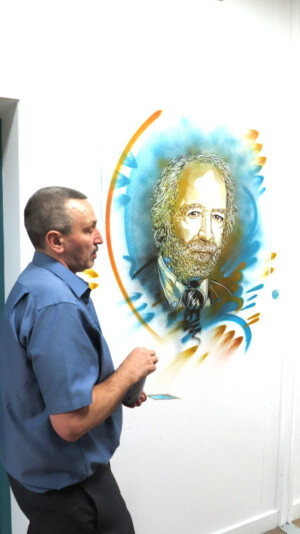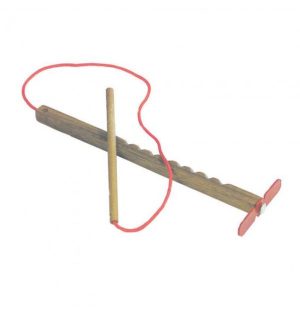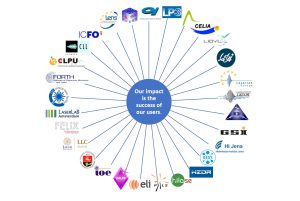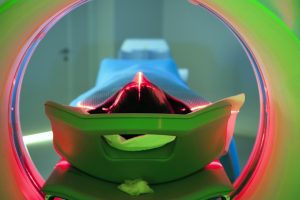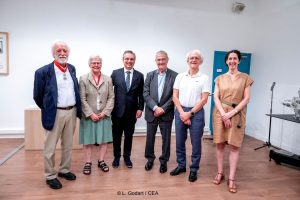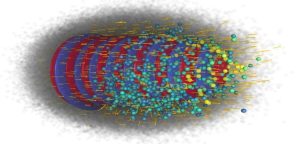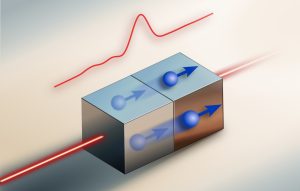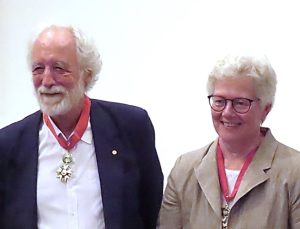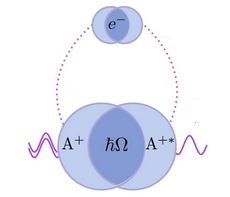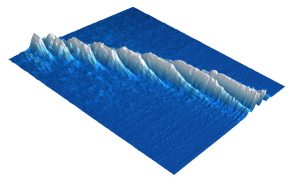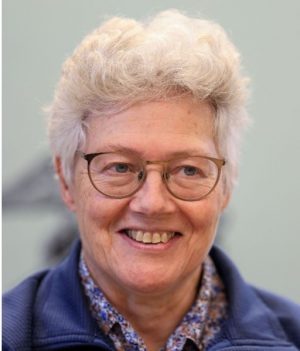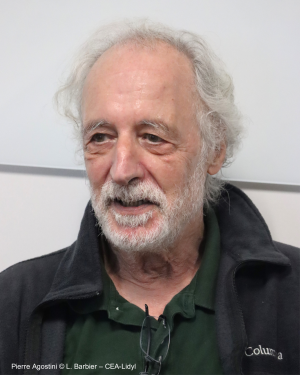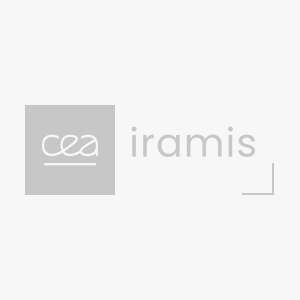Le développement des lasers avec des performances extrêmes, très haute brillance et durée d’impulsion attosecondes, passe par une recherche technologique de tout premier plan. De plus, la caractérisation des impulsions générées et les expériences de physico-chimie associées nécessitent une métrologie bien spécifique.
L’équipe SLIC (Supports et Lasers à Impulsions Courtes) est un groupe au cœur de ces développements instrumentaux. Il assure l’indispensable support technique pour fournir des dispositifs lasers de pointe et gérer les plateformes lasers, pour les utilisateurs internes (LIDYL) et externes (nationaux et internationaux).

Le groupe SLIC est ainsi en charge du fonctionnement, de l’optimisation et de l’évolution des installations lasers UHI100 et ATTOALAB / FAB1-10 du LIDYL et mène également des programmes de recherche et développement visant principalement à améliorer ces installations laser en termes de performances et de caractérisation selon l’évolution des besoins de leurs utilisateurs.
En outre, le groupe SLIC comprend les ateliers de mécanique et d’électronique, le bureau d’études mécaniques et le support informatique (webmaster et assistance aux utilisateurs). Ce support technique est essentiel au succès des activités expérimentales du LIDYL.
Contact : Pascal d’Oliveira.




